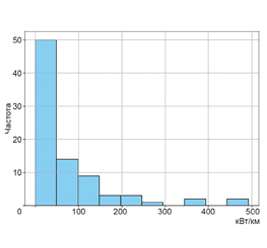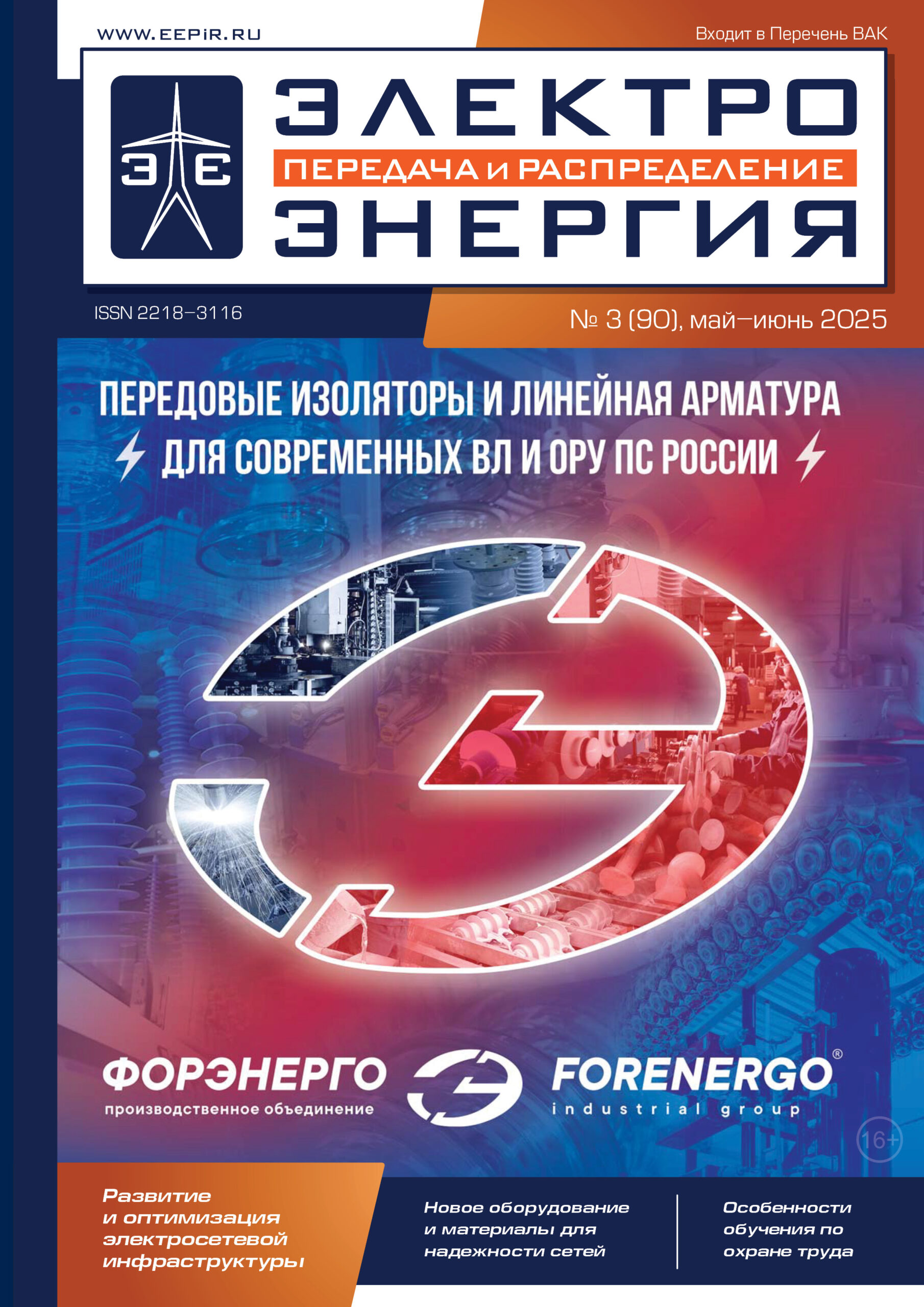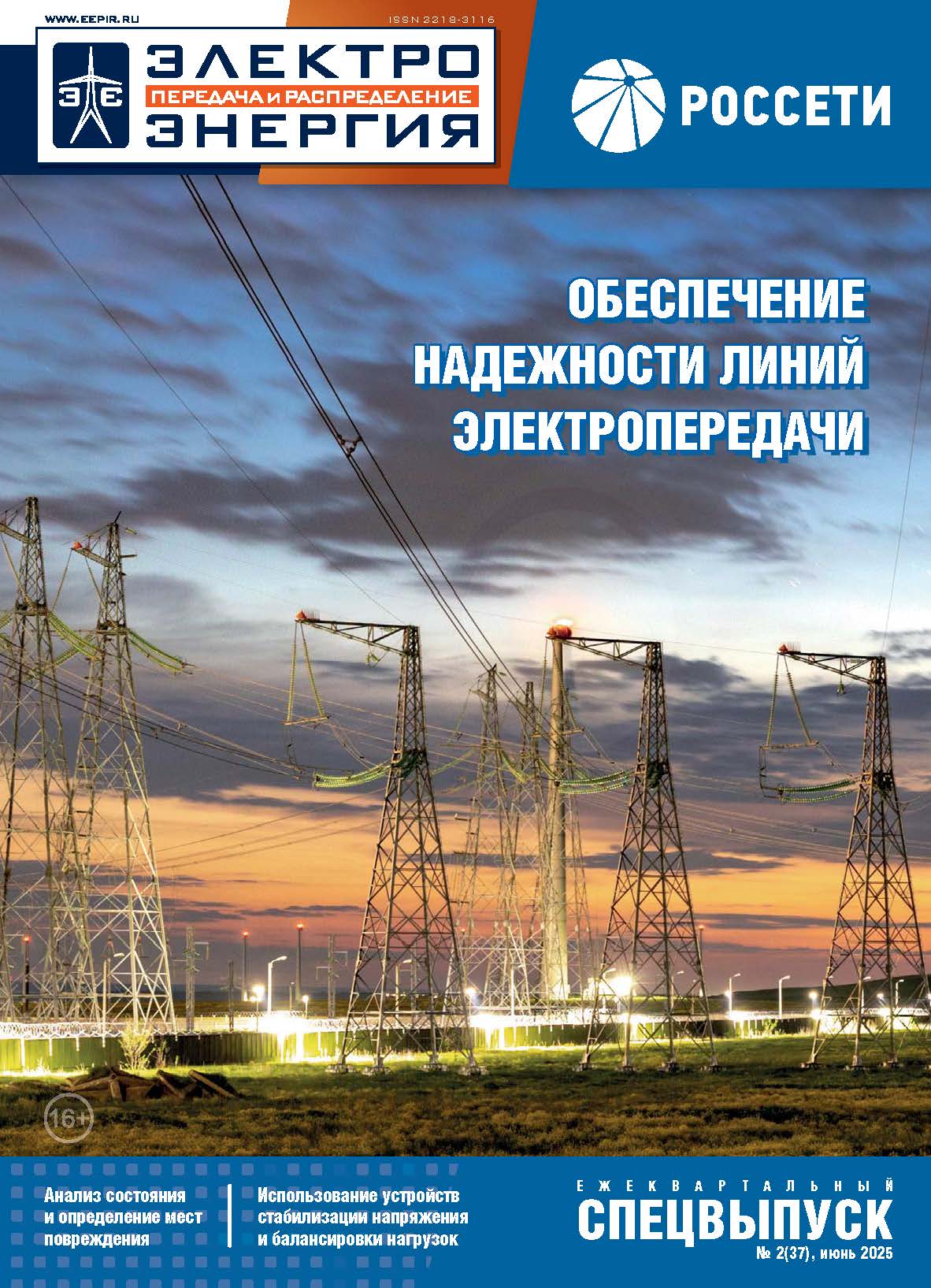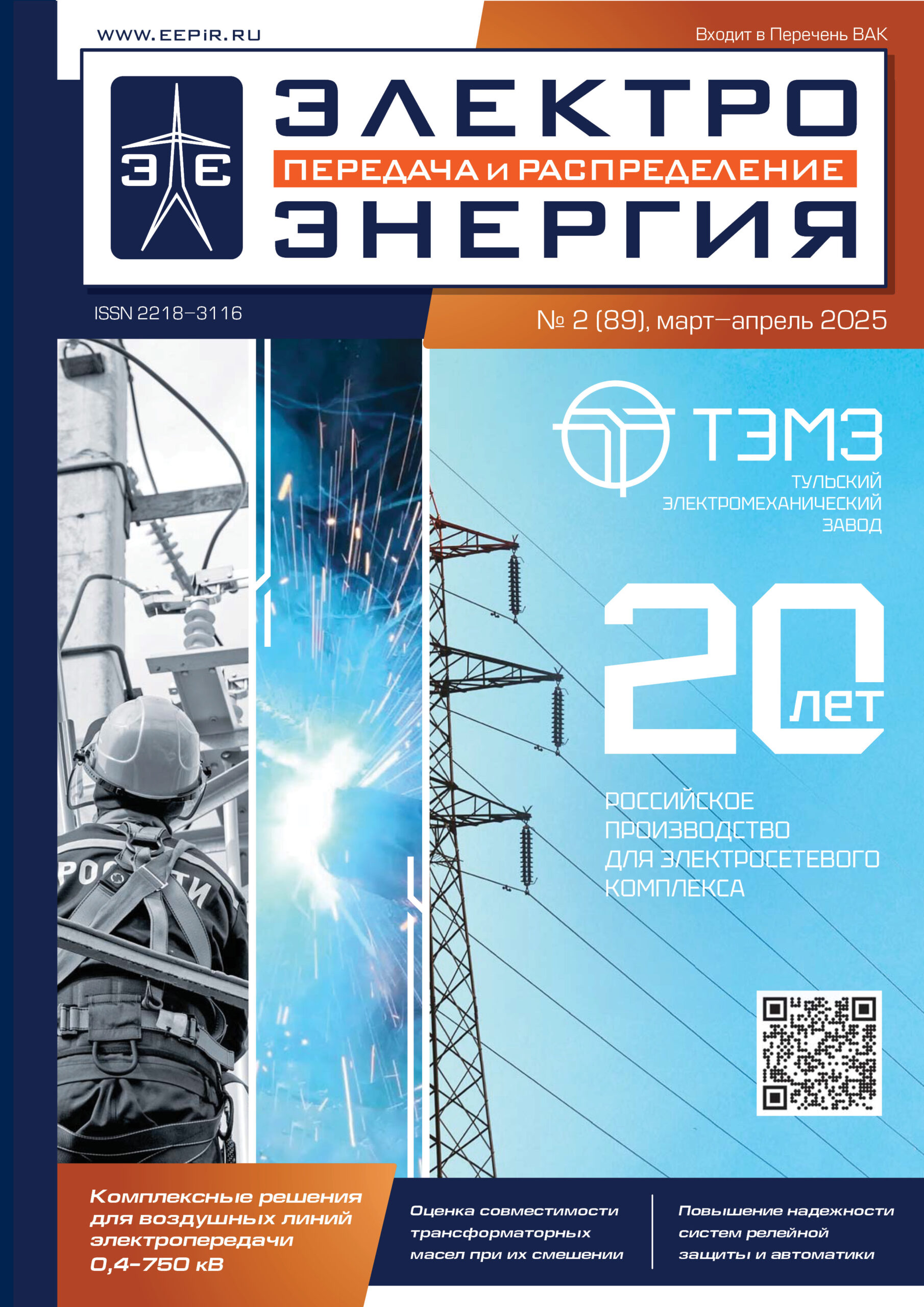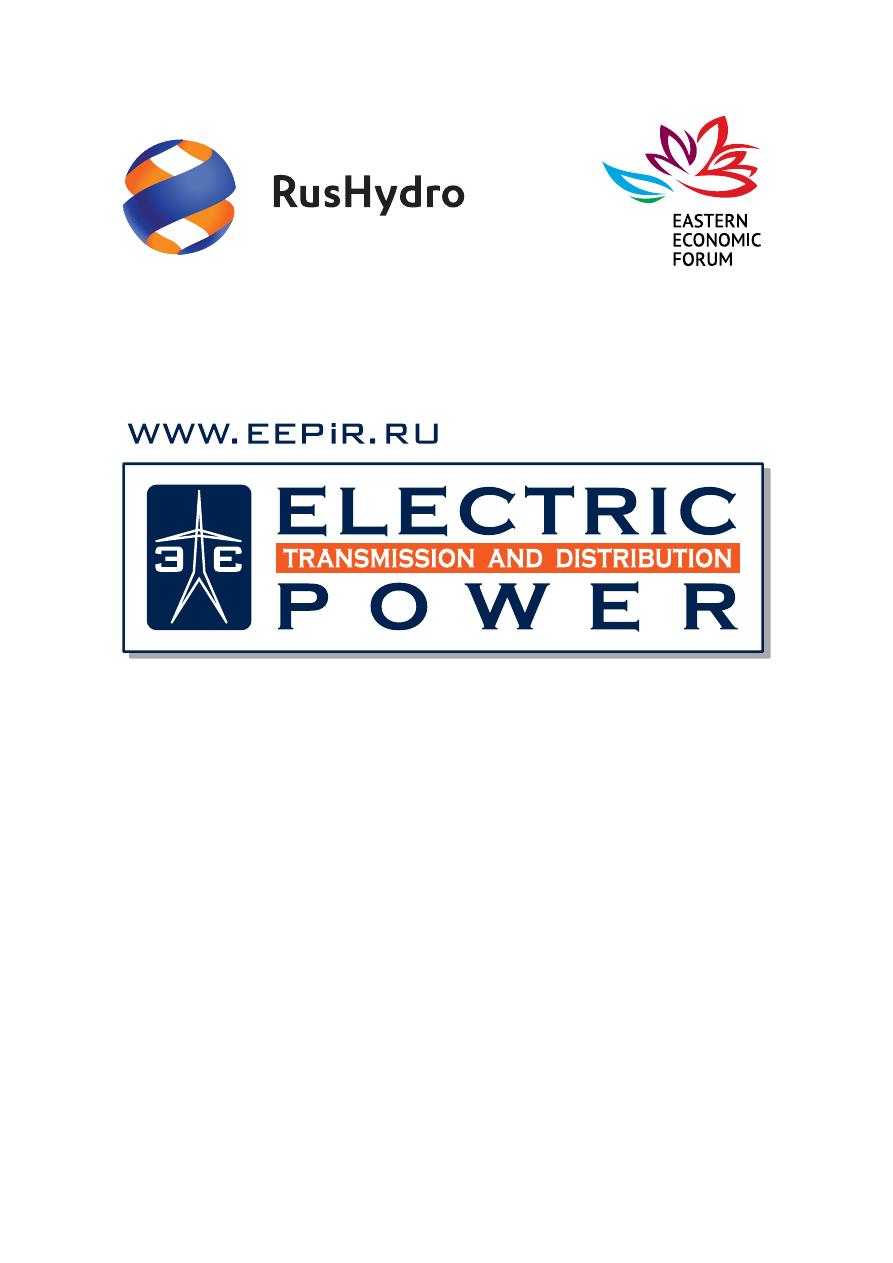
The MAIN JOURNAL for POWER GRID SPECIALISTS in RUSSIA

14
CHP, Sakhalinskaya SDPP-2,
Yakut skaya SDPP-2 and CHP
Sovet skaya Gavan. PJSC “RAO
Energy Systems of the East” – our
subsidiary company responsible
for power engineering of the
Far East is an operator of those
projects.
The main equipment of the
2nd stage of the Blago vesh chen -
– Mr. Shulginov, tell us more
about the goals, tasks, basic
technical and economic para-
meters of the project.
– PJSC “RusHydro” imple-
ments simultaneously four
projects of CHP construction
in the Far East today. Among
those projects there are the 2nd
stage of Blagoveshchenskaya
THE FAR EAST POWER
ENGINEERING SYSTEM
DEVELOPMENT
Interview
PJSC “RusHydro” in cooperation with subsidiary and second-tier subsidiary
companies is currently implementing a large-scale project related to power
engineering development of the Far East. Chairman of the Management Board,
General Director of PJSC “RusHydro”, Nikolay Shulginov tells us about the tasks
related to the implementation of that project.
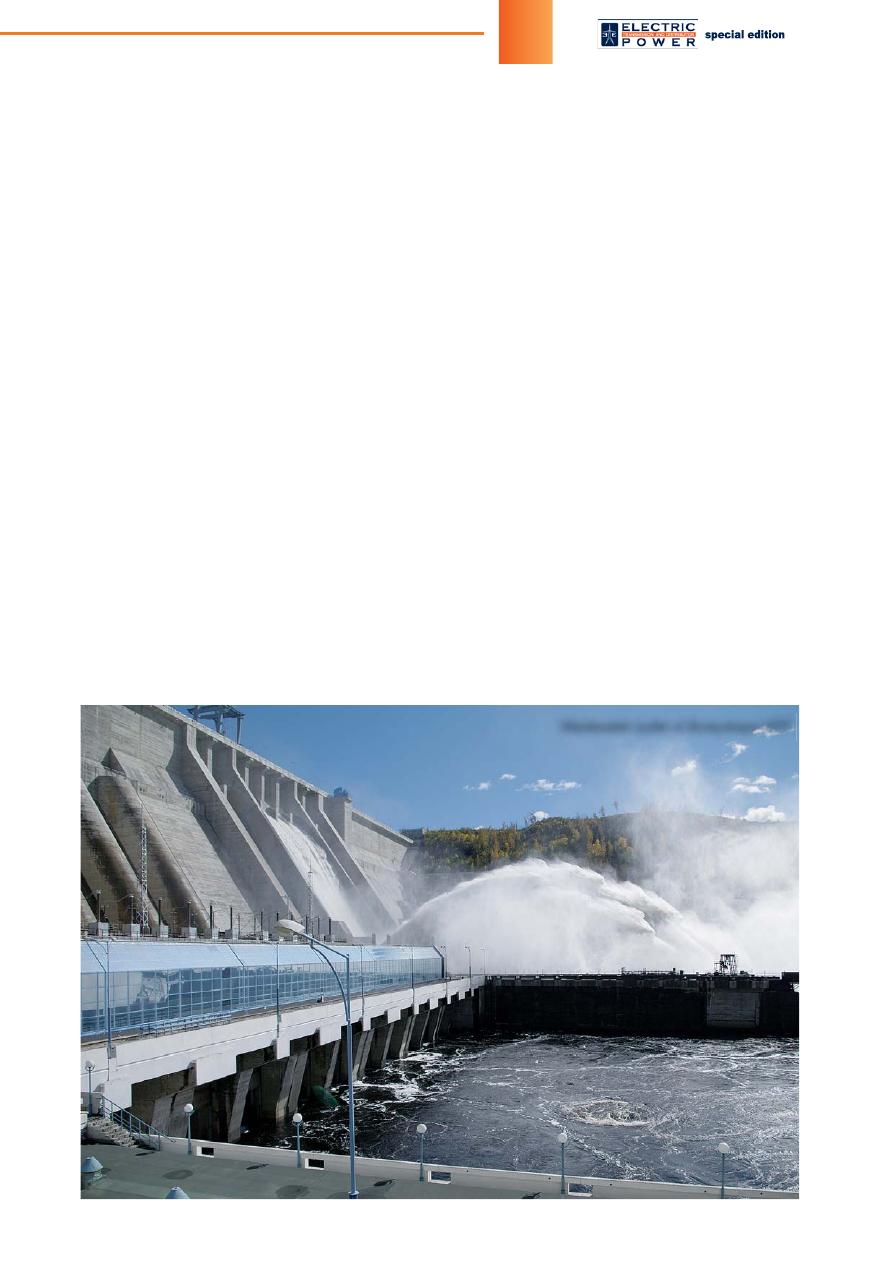
15
skaya CHP has run since the
end of 2015. Secondary works
are completing at the facility and
preparations for the connec-
tion of a new cooling tower are
being ful
fi
lled now. New pul-
verized coal-
fi
red boiler and
steam turbine provide capital of
Amur River region with 120 MW
of electric capacity and with
188 Gcal/h of heat capa
city.
Those facilities are very impor-
tant for the city, because its de-
velopment has already limited by
severe shortage of heat. After
the 2nd stage of the Blagovesh-
chenskaya CHP commissioning
the city got a serious impulse
for the residential, social and in-
dustrial construction renewal.
The most powerful facility –
Yakutskaya SDPP-2 is built in the
capital of the Republic of Sakha
(Yakutia). Trial runs of
fi
rst stage
consisting of four gas-turbine
sets with heat recovery boilers
will have been ful
fi
lled by this
year. 193 MW of electric capacity
and 469 Gcal/h of heat will allow
the Central Yakutia energy area
to create a substantial reserve
for partial decommissioning
outmoded SDPP, replace a part of
the inef
fi
cient and environmentally
unclean block heating stations
and increase the system stability
of energy area, where air
temperature may be -50 degrees
in winter.
CHP Sovetskaya Gavan on
Kha barovsk Territory is built to re-
place outmoded Mayskaya SDPP.
It will give necessary electric
capacity for the development of
transport and logistic cluster in
the neighboring Vanino. Also it
can help with the electri
fi
cation of
the Baikal-Amur Mainline (which
has end point in Sovgavan) in the
future. The station will operate on
coal. It will generate 120 MW of
electric capacity and 200 Gcal/h
of heat capacity. By the way,
commissioning of the power plant
will provide centralized hot water
supply not only during the heating
season, but all year round so that
residents of the city will feel the
effect.
Sakhalinskaya SDPP-2 is
built on the other side of the
Tatar Strait. The local coal will
be fuel for the power plant. The
SDPP electric capacity will be
120 MW. The station will give rise
to the western part of the island,
provide the necessary power
reserve of the island region and
allow to replace the obsolete
capacity. There is a plan to
complete the construction of that
power plant and Sovgavanskaya
CHP in 2017.
Vostochnaya CHP in Vladivos-
tok is another important project,
which PJSC “RAO Energy Sys-
tems of the East” implements
by means of own efforts and
borrowed funds. New CHP elec-
tric capacity will be 139.5 MW.
Heat capacity will be 421 Gcal/h in
hot water and 11 Gcal/h in steam.
Natural gas will serve as fuel. The
reason of building a new CHP is
a predictable de
fi
cit of heating
supply in Vladivostok because of
new designed residential areas
construction, such as the existing
“Snegovaya Pad” and “Patrocl”.
Commissioning of Vostochnaya
CHP will supply about 20% of the
city’s power demand this year.
– What innovative solutions
(including schemes of power
distribution) were imple
men-
Wastewater outlet of Bureyskaya HPP
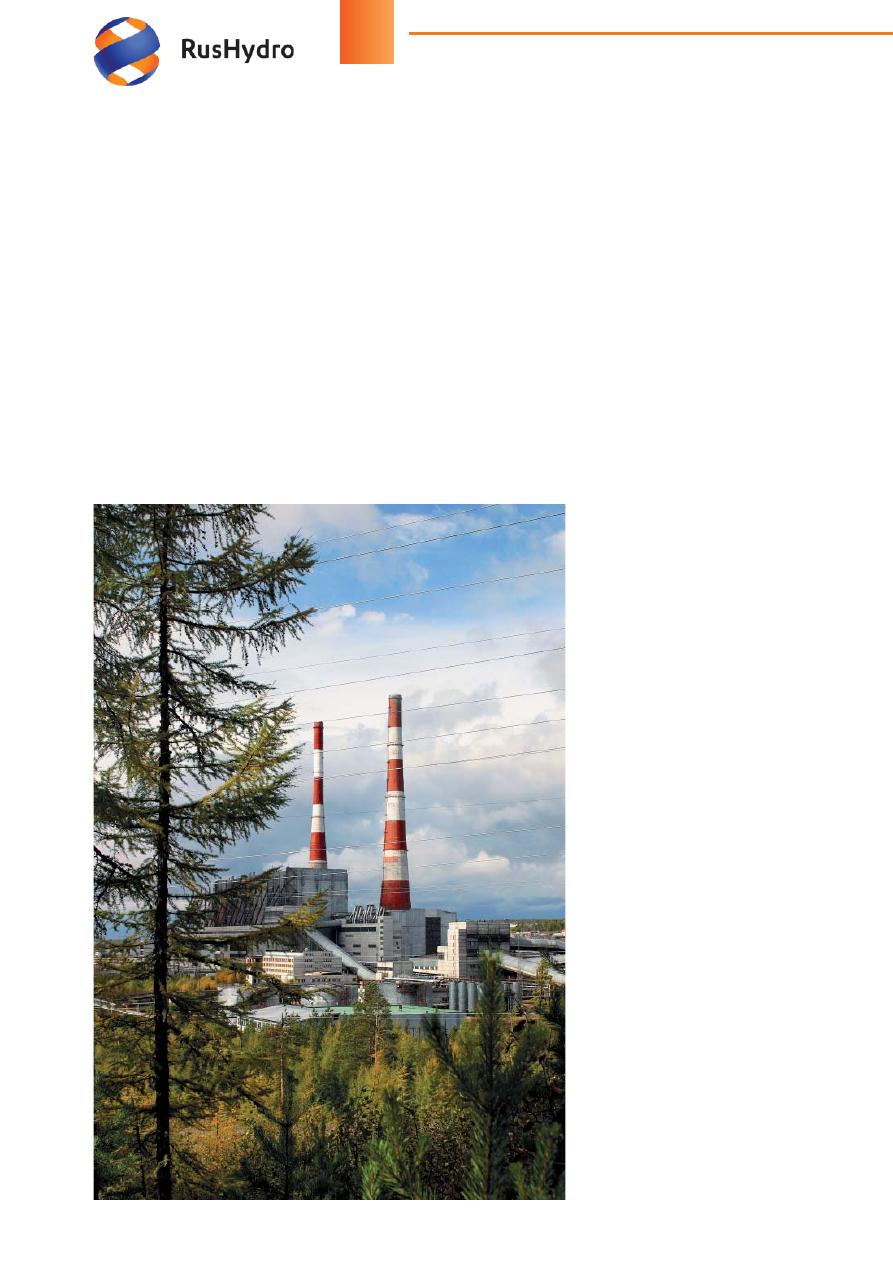
16
ted during the design of the
facilities?
– All
fi
ve building facilities will
become high-tech, fully auto-
mated power plants. The power
plants will be equipped with
hardware and software systems
which will manage the process in
real time. Automatic equipment
will set the parameters of the
turbines according to current
power demand. Such systems
will choose a sequence of actions
depending on the conditions of
turbine start and shutdown. It will
ensure the stability of turbines
under changing operation condi-
tions. Besides it is much safer than
manual adjustment of options.
Despite the fact that three-
of-five power plants will operate
using coal, each station will meet
the most stringent environmental
requirements. Electrostatic pre-
ci pitators in stacks will catch up
to 98.6% of ash particles. Heavy
rejects (slag) will fall in the
sluicing nozzle through air tube
and then it will be pumped to the
ash dump for storage. It is called
a pneumatic-hydraulic system.
By the way, it is possible to
use those rejects for the future
construction.
– In addition to technical
solutions the construction con-
ditions (climatic, geological
and environmental) affect the
implementation of projects
seriously. Can you tell us about
the features of the project linked
with that point of view? What
solutions have been found?
– Each project due to geo-
graphical, climatic and seismic
conditions is a unique one. For
example, the 2-nd stage of Blago-
veshchenskaya CHP had to be
embedded into the operating
power plant without stopping the
process of production because
that power plant is the main
heat source of the city. It was
a very difficult task, like open-
heart surgery, but we have done
it. Another construction project
is Sakha linskaya SDPP-2. That
power plant must withstand
magnitude nine earthquakes.
But the most unusual project
is Yakutskaya SDPP-2. It was
built under permafrost condi-
tions, so it was necessary to
con struct a pile field. More than
10 000 massive piles were driven
in the ground. Interesting dis-
posi tion was chosen for the
power plant facilities. Main
building was placed on the
mountain Chochur Muran, and
auxiliary building was located at
its bottom. The two buildings will
be connected by means of pipe
bridge in the future. However,
cold weather is not only a barrier,
but an assistant because gas
turbines efficiency increases
rapidly under the conditions of
extremely low temperatures.
– Power equipment pro duced
by foreign manufactures have
been designed and ordered
for several projects of CHP
construction. It is clear that such
solutions had been approved
before the changes in political
and economic situation began.
Have those changes affected
the delivery of equipment and
the economic parameters of the
project? Are there predictions
of problems with future service
of equipment? Have you ever
changed your mind about the
cooperation with domestic
producers or the foreign ones?
– Indeed, there were some
risks because gas turbines
produced by General Electric
had been selected as the
main equipment of Yakutskaya
Neryungrinskaya SDPP

17
Wind-driven power plant
close to Tiksi village,
Republic of Sakha (Yakutia)
SDPP-2 and Vostochnaya HPP.
But neither PJSC “RusHydro” is
the company for sanctions nor
electrical power engineering is
the industry for field sanctions.
By the time the international
relations have been changed,
equip ment for Vos toch naya CHP
had been delivered on a full
scale. Yakutskaya SDPP-2 had
no problems, but PJSC “RAO
Energy Systems of the East”
decided to avoid risks and
provided delivery of equipment
for a few months earlier than it
had been planned. It is important
to note that cost parameters of
the projects were fixed in rubles,
and there were no additional
problems due to exchange rate
changes.
– Have distributed power
generation facilities been
used in the project of the Far
East development? How?
– PJSC “RAO Energy Sys-
tems of the East”, playing a role
of consolidated renewable ener-
gy operator in the region, has
the program of renewable
energy sources implementation
in isolated areas of the Far East.
It contains the construction of
178 renewable energy facilities
with total electric capacity of
146 MW. Hundreds of small
diesel power plants operate in the
region. Such power plants con-
sumed very expensive fuel. As
a result, the cost of one kilowatt-
hour in particularly re mote areas
can reach one hundred rubles. It
is important to reduce the part of
diesel power plants generation in
that situation. Renewable ener-
gy facilities are convenient for
that reduction because it pays
off during a reasonable time.
At present, PJSC “RAO
Energy Systems of the East”
successfully operates wind-
diesel power plants in such
villages as Nikolskoye (The Kam-
chatka Region) and Novikovo
(The Sakhalin Region), and also
wind-driven power plants in Ust-
Kamchatsk (The Kamchatka Re-
gion) and Labytnangi city (The
Yamal-Nenets Autonomous Dis-
trict). Solar power plants are also
implemented in the Republic of
Sakha (Yakutia). 14 solar power
plants, including a major one
in the Arctic Circle in Batagay
village with electric capacity of
1 MW, were built by companies of
PJSC “RAO Energy Systems of
the East” in isolated settlements
of the region.
– Some regions of the Far
East have not had a stable in-
terconnecting mains with the
basic power system of Russia
yet. How will project implemen-
tation of power engineering
development of the Far East
contribute to the consolidation
of those regions with the Uni
fi
ed
Energy System (UES)?
– Large territorial disunity is
a particular feature of the Far
East, so that interconnecting
mains of separate regions does
not produce any serious effect.
It is much more important and
interesting to create in
ter con-
necting mains between isolated
energy areas within Far Eastern
Federal District. Some isolated
areas have significant reserve
of power which can be used by
means of interconnecting mains
development. Thus, for example,
a project of connection the West
energy area of the Republic of
Sakha (Yakutia) with the South
one is realizing nowadays. It is
important to note that the South
energy area is a part of East
UES and the West energy area
is a place where high-power
Vilyuysk hydro power plants
pro duce excess of electricity. It
will allow to give extra load for
Vilyuysk power plants, providing
electricity trans
mission to con-
sumers of the southern Yakutia.
In the future the western Yakutia
can be connected with areas of
the Irkutsk Region which have
energy shortage.
– How will project im
ple-
mentation impact on the eco-
nomy and the development of
the Far East? What will happen
with electricity prices? Which
large enterprises will receive
the necessary impulse for de-
velopment?
PJSC “RusHydro” imple-
ments five constructions in the
field of heat generation of the Far
East today. Those constructions
are not only contribution into the
future but necessary “first aid”
for electric power systems. In the
four-of-five cases, new power
plants are built to replace local
ones, which are obsolete. Only in
the case of the 2-nd stage of the
Blagoveshchenskaya CHP, new
turbines will allow to intensify
the construction in the city.
But we predict that new power
reserve will be used quickly. We
should do much more work in
order to give a serious impulse
for Far Eastern Federal District
development.
“ELECTRIC POWER.
Transmission and Distribution”
С
hief editor Ekaterina GUSEVA
carried on the conversation
Оригинал статьи: The Far East Power Engineering System Development
PJSC “RusHydro” in cooperation with subsidiary and second-tier subsidiary companies is currently implementing a large-scale project related to power engineering development of the Far East. Chairman of the Management Board, General Director of PJSC “RusHydro”, Nikolay Shulginov tells us about the tasks related to the implementation of that project.






